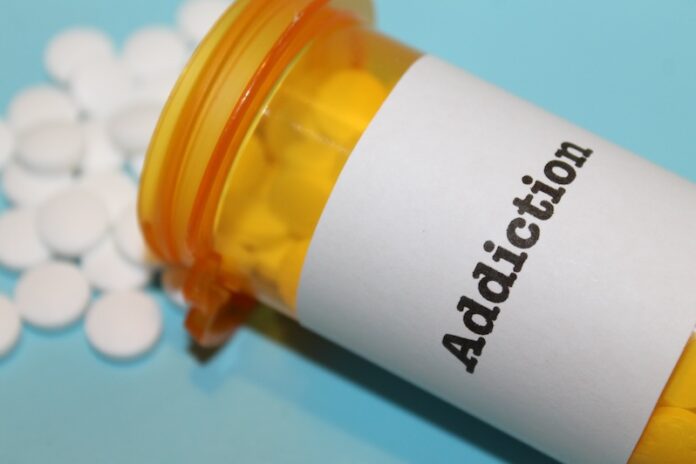In the week following any hospital visit for an overdose, only one in 18 people with opioid use disorder begin a treatment known to be highly effective in reducing illness and deaths, according to new research in CMAJ (Canadian Medical Association Journal).
“These results highlight critical missed opportunities to prevent future mortality and morbidity related to opioid use, despite connection to health care for many patients in the days after a toxicity event,” writes Dr. Tara Gomes, a researcher at ICES and St. Michael’s Hospital, part of Unity Health Toronto, with coauthors.
Opioid use disorder (OUD) is a major public health issue, with an almost threefold increase in opioid-related emergency department visits between 2016 and 2021 in Ontario and a 32 per cent increase in related hospitalizations in Canada.
Opioid agonist therapy (OAT) is highly effective at reducing illness and deaths in patients with OUD.
Using data from ICES, researchers looked at trends in OAT initiation rates for 20 702 emergency department visits and inpatient hospital admissions for opioid toxicity between January 2013 and March 2020. The median age of patients was 35 years, 65 per cent were male and 90 per cent lived in urban areas. Of the total visits, 29 per cent were from patients who had previously visited hospital for opioid overdoses, and 24 per cent had been dispensed OAT in the last year.
Only 4.1 per cent of hospital encounters for opioid overdoses led to OAT initiation within a week of discharge from hospital. Despite increased advocacy and publication of a 2018 national guideline recommending buprenorphine–naloxone as the preferred first-line treatment for OUD, there was no significant increase in OAT initiation rates. Studies show that risk of death is highest in the days following an overdose, and that patients are more likely to continue OAT if it is started in the emergency department, underlining the need for prompt initiation of treatment.
“Our research shows that there were substantial disparities in OAT initiation rates, with potential barriers to prescribing for older patients, those with mental health diagnoses, and those in the lowest neighbourhood income quintile. Although OAT initiation rates have gradually increased since 2016, the release of the national OUD management guideline in 2018 was not independently associated with changes in this trajectory,” write the authors.
To increase treatment initiation rates, they suggest institutional OAT training, creating OAT initiation protocols, promoting awareness of referral resources with outpatient addictions programs, and more.
A practice article illustrates the challenges of treating patients with multiple substance use disorders in hospitals, who often are experiencing undertreated withdrawal and pain.
“Initiation of opioid agonist therapy after hospital visits for opioid poisonings in Ontario” was published December 18, 2023.


